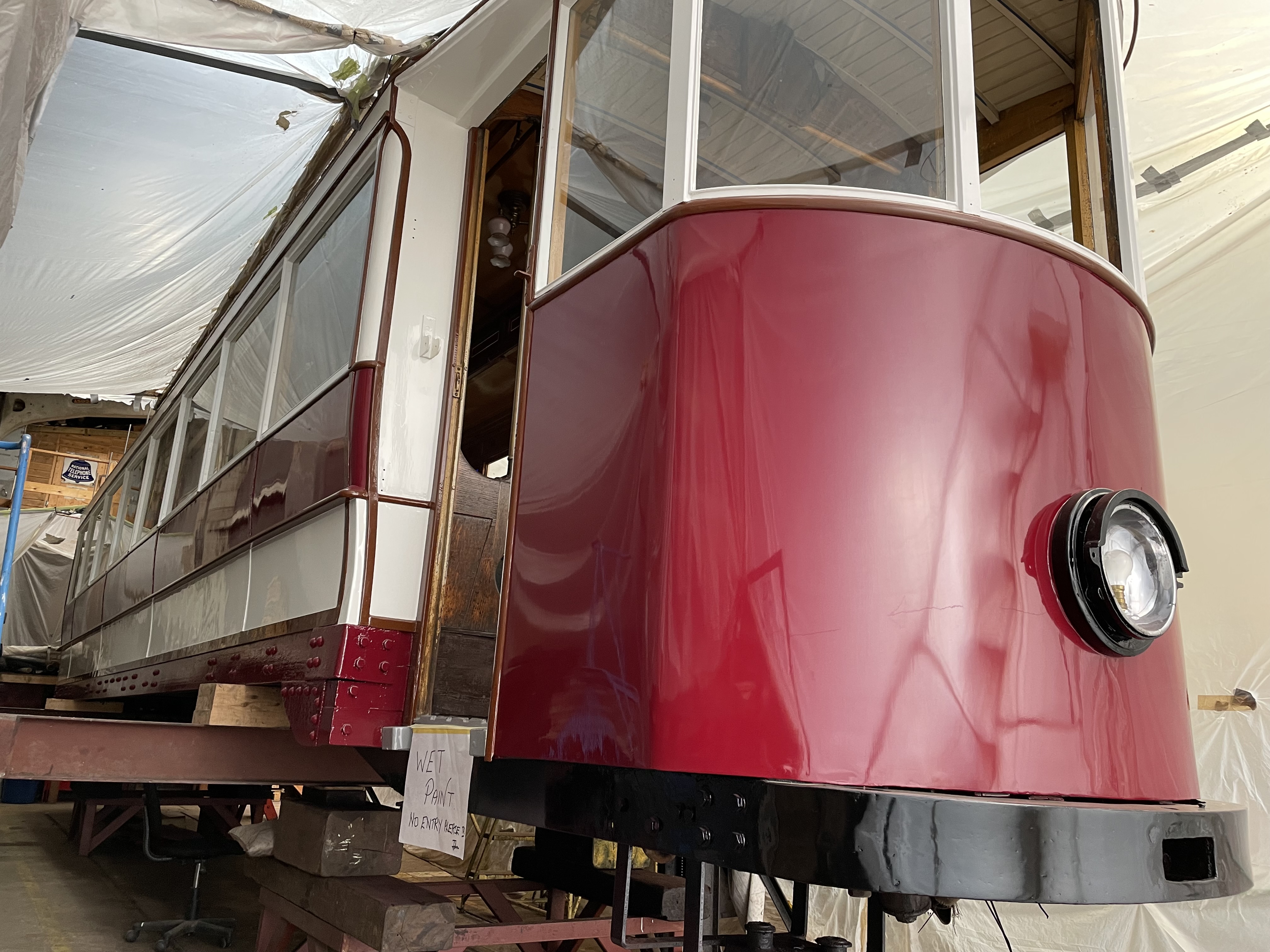
T&I News 18 2023…
This post has a little bit of variety, including work taking place both indoors and outdoors. We are still in a period of planning for the winter programme of work, whilst we will see a considerable amount of infrastructure activity start next Monday (as the museum is closed Mon/Tues from then onwards). This includes drainage and surfacing repairs at the Entrance, along the side road that access the site. This area has become a real nuisance each time it rains, and though the investment is substantial (nearly £45K), the payoff is substantial in terms of improvement to the Tramway infrastructure and road access onto site. We also have drains to repair (sadly, quite new ones in the Front Street area) and some overhead line work to carry out. I’ll try and include some photos of these into the next post.
Workshop round-up
Below: KS 721 has now been placed onto a stand to enable its overhaul and reassembly to continue. Dave Young has been focussing on the work required to make the very worn valve gear rather less worn, as work to complete these element of the rebuild proceeds.
Below: Here is a sneak-peek at Gateshead 10, with the repaint now having reached the stage where the exterior is complete and awaits lining (next spring), whilst attention has now turned to the interior. This is to be refreshed, but not restored, as we want to retain the patina that the tram has gathered over its many years of hard work in Gateshead, Grimsby and Beamish.
The engineering team has now been strengthened by two full-time fitter/machinists with considerable experience in heritage work and so the potential to hit the ground running in the workshop. Once the steam locomotives have been mothballed for winter, the team will focus on reassembly of Gateshead 10’s bogies and the overhaul of the remaining brake components and bolsters that support the bogies beneath the body. The resistance is still away, as a pattern for a new one to be made, and so forms a critical component in the reassembly schedule. The Beamish Tramway Group have been working on the brake valves, which had been sent for specialist repairs, but were returned largely without having been touched, so require attention in our own workshops.
Some of the advertising boards have been repaired, but others need replacement, and we will fit these as part of the overhaul (I had intended to leave them off, but realistically, and looking at the work programme after 10, we won’t get back to it for while). The tram will be outshopped sans adverts – as it appeared in its latter years of operation in Gateshead.
Outside works
Below: The recent October steam event saw a number of instances of damage caused by visiting traction engines. This had led to a suspension of tramway operations on the Saturday whilst inspections were carried out following a collision with a traction pole, and contact with a wall at Rowley Station. This was subsequently dismantled for repair, as seen here. Such occurrences are very disappointing, as the remediation of them takes time and costs money, and we will also be reviewing our risk assessments of the operation to minimise the chances of them reoccurring.
Loose ends
Below: The running season for steam is drawing to a close, with the last day of steam operations being this coming Sunday (Waggonway) and the Colliery lines having finished earlier in the week. Coffee Pot will steam to shunt the stock that is to be repainted over the winter, as well as position itself over the pit in readiness for its annual boiler inspection. Here are some photographs of Glyder last week, operating despite the appalling weather (though this rather adds to the atmosphere!).
Workshop envy!
Below: We’ve been working in partnership with a number of organisations in Darlington, and after a meeting last week, were able to call in to the A1 Trust’s new workshops adjacent to North Road Station, where the new P2 Prince of Wales is being erected. This is a brand new building with a suite of offices attached and a viewing gallery for public access once the refurbished Head of Steam museum reopens. What is immediately noticable is how light the space is, and how much room there is (with just one locomotive parked there at the moment).
Below: The P2’s monobloc (the three cylinders) is stored here at present, and is worth a photo just to enjoy the engineering design and construction effort that has gone into this component. It rather puts Dunrobin’s new block in the shade (both items were designed by the same person though).
And finally…
The Tramway Museum Society and Light Rail Transit Association have produced a superb book, chronicling (in depth) the restoration of LCC1 (Bluebird), a revolutionary design dating from 1932 and encompassing numerous features that were intended to make tramway travel in the capital both more enticing and more comfortable for the paying public (against the competition of buses/railways). The tram was to remain unique, as the move towards tramway replacement gained traction and the opportunity to embrace the clean (green) technology and advantages of tramways over other public transport modes was lost. As we know, the wheel has turned and trams once again grace the streets of UK cities, so it is interesting to consider what might have been, had operators been given a level playing field on which to operate, and the decision makers been braver in their public transport strategies.
The book covers in detail the landscape in which LCC 1 was designed, the local (to London) politics and policies from which it emerged and the technological developments that were incorporated int what was both a very sophisticated and handsome passenger vehicle. The work to restore the tram has been considerable, and the TMS and sponsors, the LCC TT) have to be congratulated on completing this extensive and expensive project. The book is one of those that is hard to put down, and the numerous contributors have very eloquently told the story of LCC 1, and in particular what it takes to carry out a restoration on this scale, in accordance with museum principles.
I therefore thought that readers might like to be made aware of the book, which is available from the LRTA, TMS and some online transport book retailers.




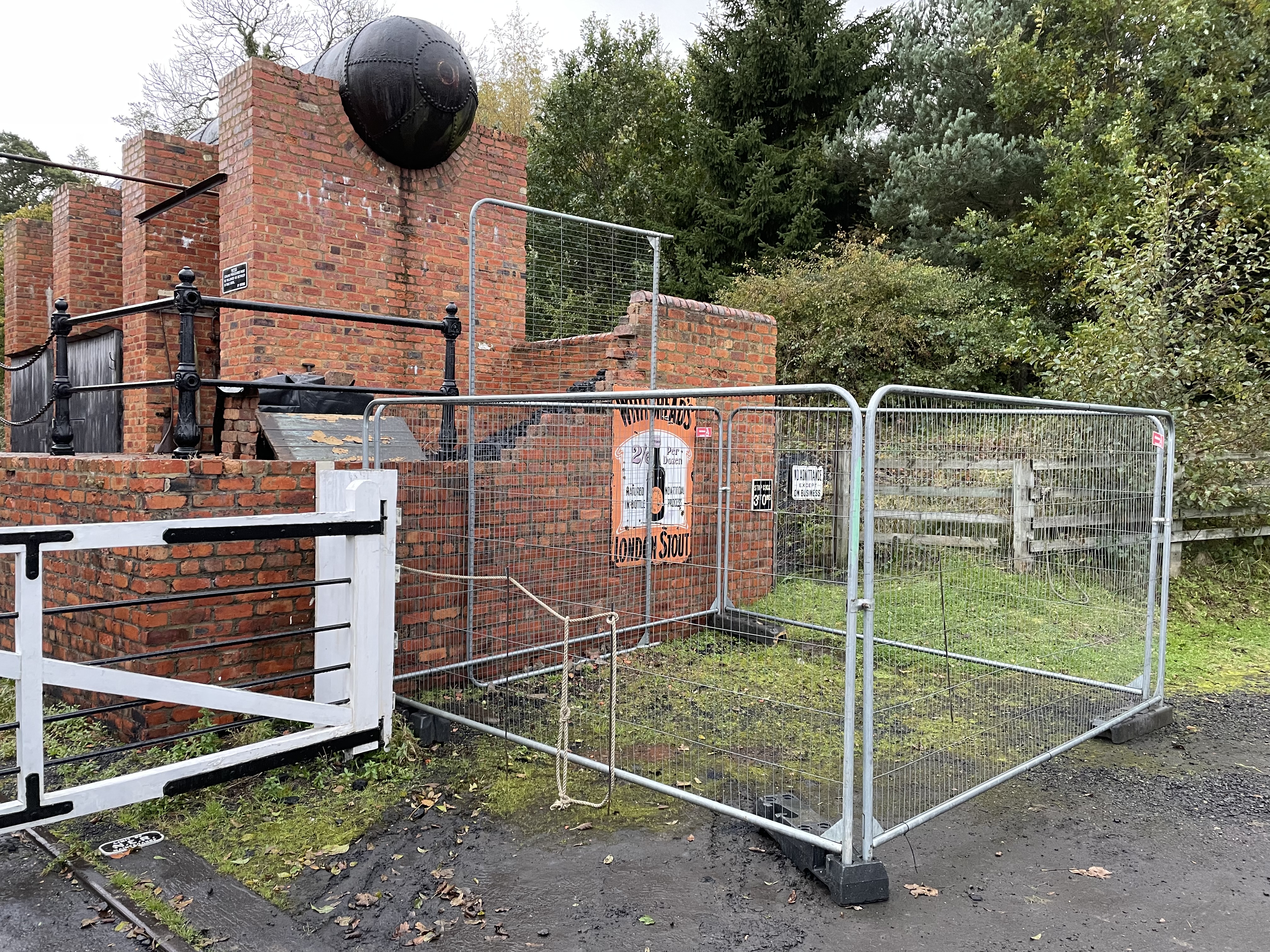


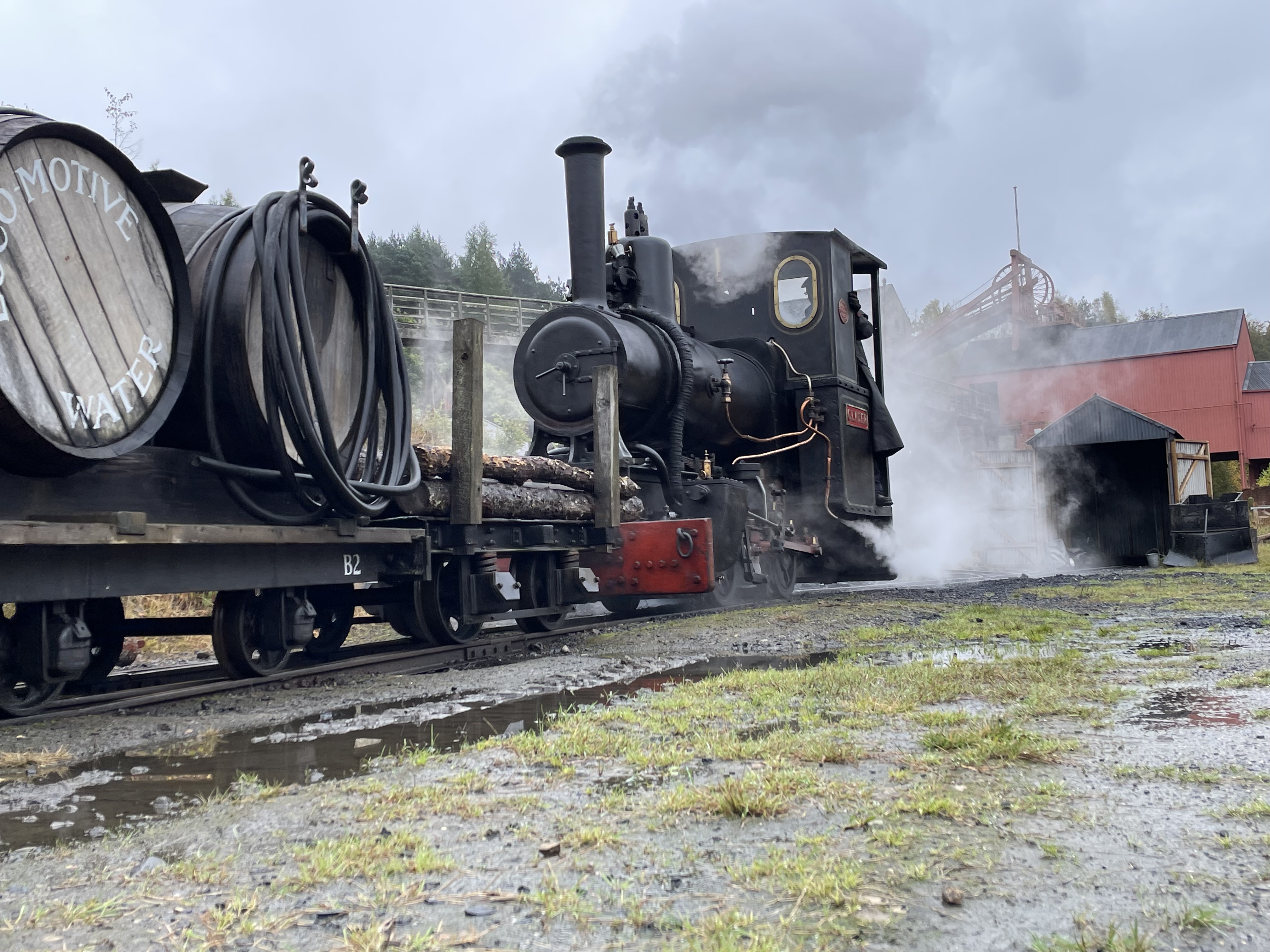
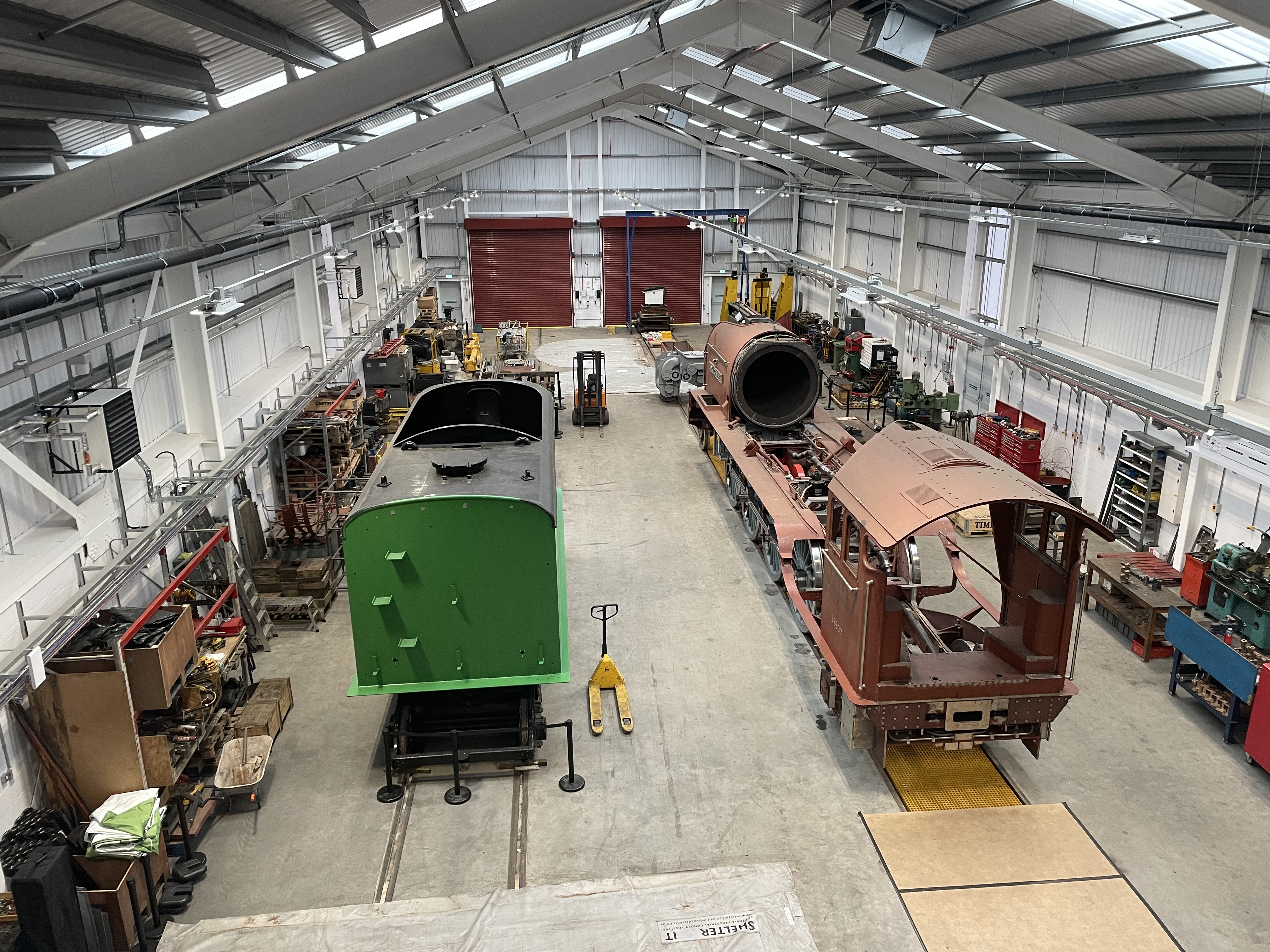
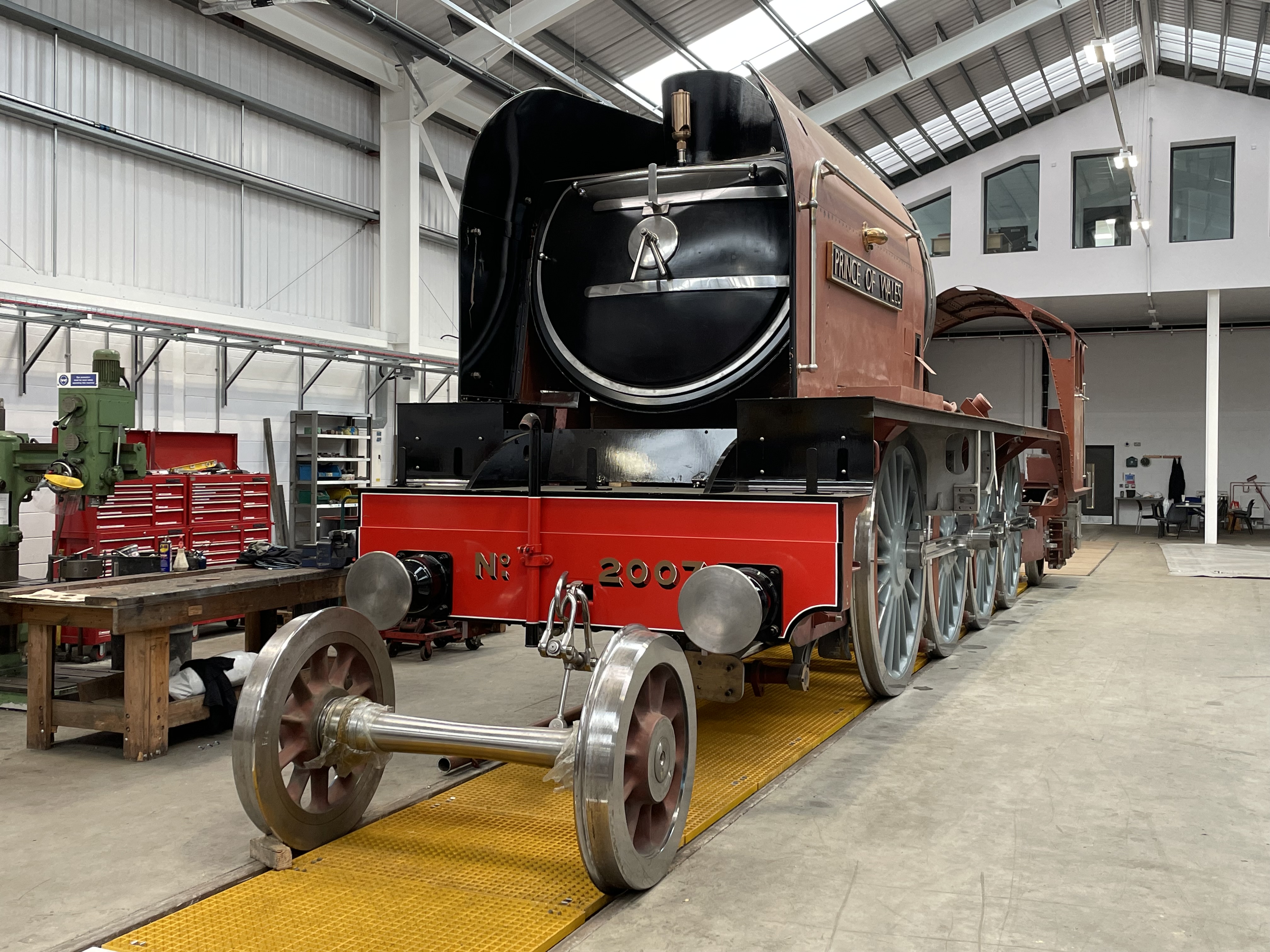
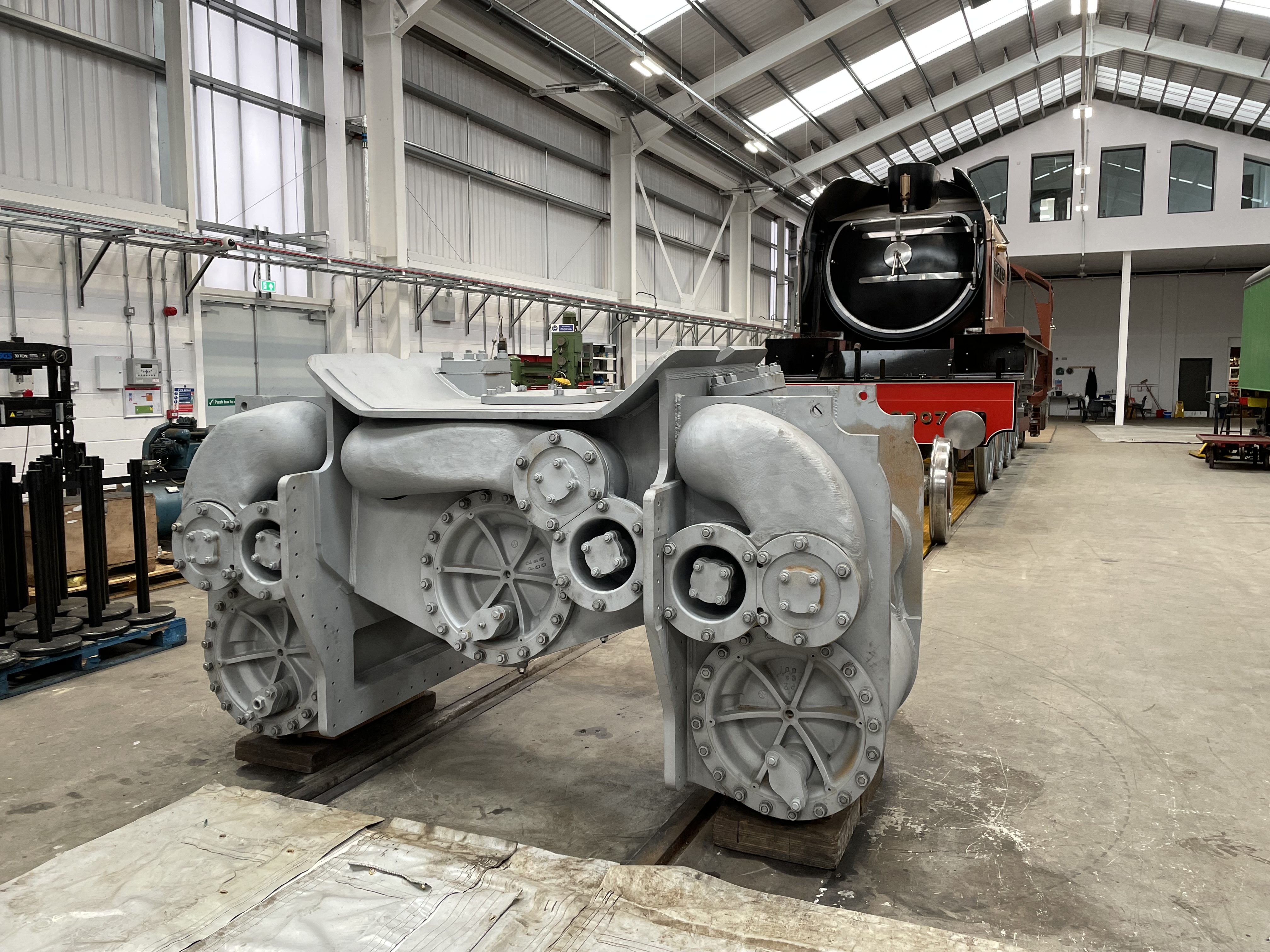
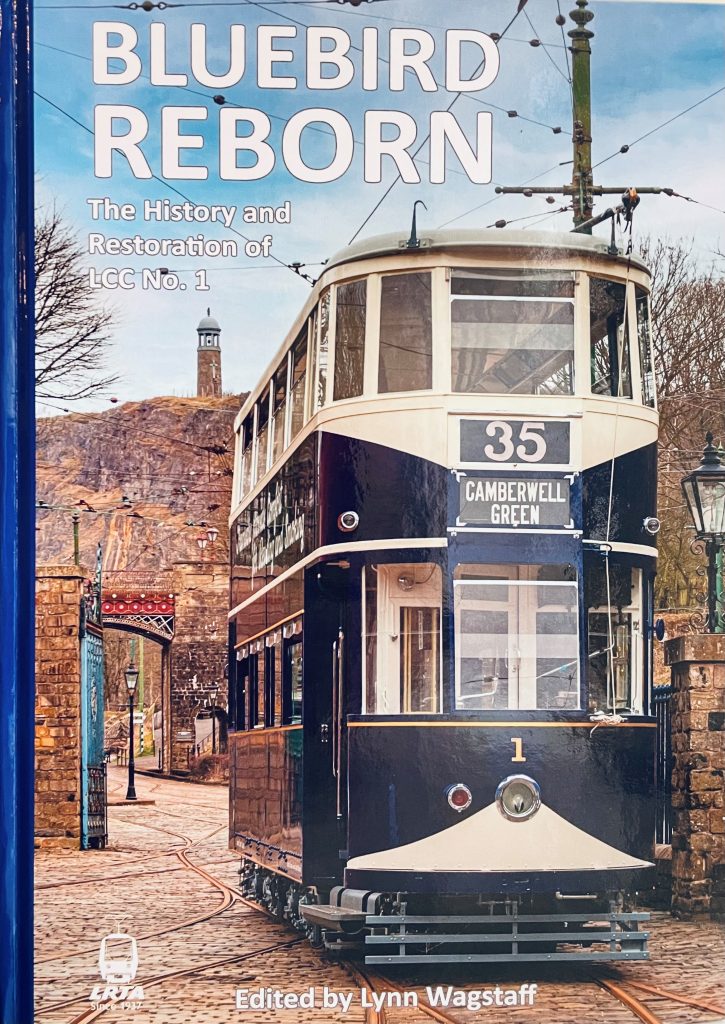





Hi paul,
Thanks for the updates 🙂
2 Questions please?
is there any more progress on having a diesel shunter to move the locos in and out of storage please?
also with the colliery railway, how come only 5 wagons are available please? are the others going to become available?
Looking forward to seeing the progress with rowley etc
Many thanks
Cheers
Rob
Hi Rob
We have a diesel shunter at Rowley, it is stored in the RMS and has been on site for several months, pending commissioning and driver-training.
With regards to the waggons, we only need five at present, as this is the load-limit for Coffee Pot No.1, and is the ‘set’ we are maintaining for operation. Further waggons will be added in time, as and when the resources can be made available to overhaul them.
Best wishes
Paul
Out of curiousity, what has happened to the set of Steampowered Gallopers you used to have at the fairground?
Hello Paul.
Thanks for the regular updates on progress on the trams/road vehicles etc..
Several years ago you regularly reported on restoration work on a set of steam driven Gallopers. I recall the centre was largely (or completely) restored including provision of a new boiler. I believe a great deal of work was also carried out on the horses. What has happened to this ride or is it in use and just never gets a mention?